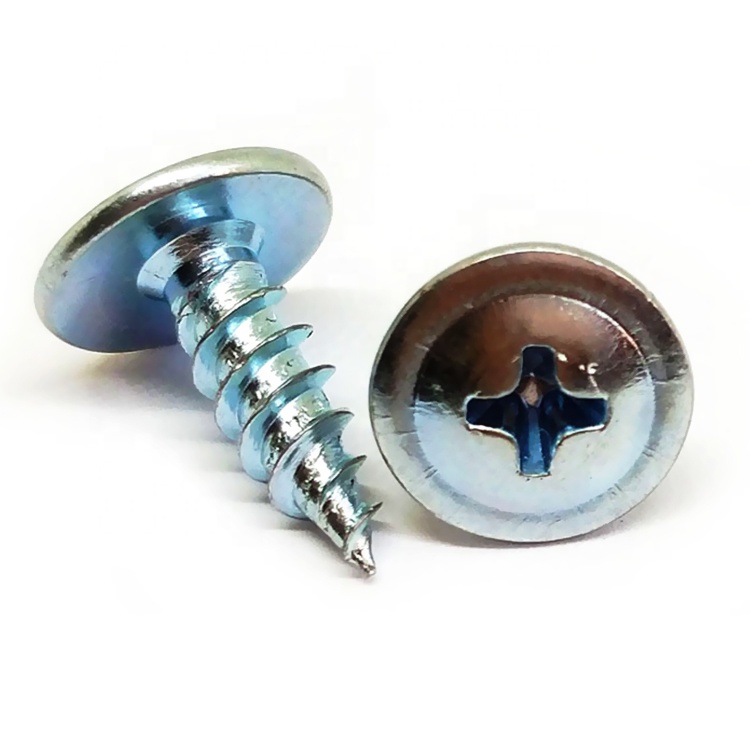Dimensions and Specifications of Popular Self-Tapping Screws for Various Applications
Understanding the Dimensions of Famous Self-Tapping Screws
Self-tapping screws have become a staple in both professional and DIY projects due to their unique ability to create their own mating threads in materials such as metal, wood, and plastic. This characteristic makes them invaluable in construction, automotive applications, and household repairs. Among the myriad types available, certain self-tapping screws stand out due to their design, versatility, and subsequent popularity. Understanding their dimensions is crucial for selecting the right screw for your specific needs, ensuring both performance and safety.
What are Self-Tapping Screws?
Self-tapping screws feature a pointed tip that allows them to penetrate materials without the need for pre-drilled holes. The screw's design typically includes sharp threads that carve into the material, creating a tight fit. This feature not only simplifies the assembly process but also enhances the overall strength of the connection.
The most common types of self-tapping screws include sheet metal screws, thread-forming screws, and composite screws. Each type serves different materials and applications, and understanding their dimensions helps in proper selection.
Key Dimensions of Self-Tapping Screws
The dimensions of self-tapping screws can vary significantly, but certain measurements are essential for their classification and application
1. Length This dimension refers to the overall length of the screw, measured from the underside of the head to the tip of the screw. Length can range from about 1/4 inch to several inches, depending on the application. Choosing the right length ensures that the screw provides sufficient holding power without protruding excessively from the material.
2. Diameter The diameter is measured at the outer thread of the screw and is often expressed in gauges or millimeters. Common sizes include 6, 8, 10, and larger, with the diameter playing a crucial role in the screw's strength. A larger diameter provides greater holding power, but it may also require a pre-drilled hole in some materials.
3. Thread Type and Pitch The thread type refers to the configuration of the screw’s threads. Self-tapping screws can have coarse or fine threads, which affects how they engage with the material. Coarse threads provide better holding power in softer materials, while fine threads are generally better for harder materials to reduce the risk of stripping.
famous 8 self tapping screw dimensions

4. Head Style The head style of a screw affects how it interacts with the material and the tools used for driving it. Common head styles for self-tapping screws include flat, pan, and hex heads. Each style has different dimensional characteristics, affecting torque and engagement with fastening tools.
5. Material and Coating Although not a physical dimension, the material composition and coating of self-tapping screws significantly impact their performance. Materials such as stainless steel, carbon steel, and brass offer different tensile strengths and corrosion resistance. Coatings like zinc or epoxy can enhance durability and resistance to environmental factors.
Choosing the Right Self-Tapping Screw
To select the appropriate self-tapping screw, consider the following factors
- Material to Be Joined Identify the type of material you are working with and choose a screw designed for that specific application. For example, a metal self-tapping screw may be ideal for connecting sheet metal due to its sharp threads.
- Environment and Exposure If the application exposes screws to moisture or corrosion, select screws with protective coatings or made from corrosion-resistant materials.
- Load Requirements Assess the mechanical load that the connection will undergo. A larger diameter screw with coarse threads may be necessary for heavy load applications.
- Aesthetics For visible projects, consider the head style and finish of the screw to ensure it matches the desired appearance.
Conclusion
Understanding the dimensions and characteristics of famous self-tapping screws is crucial in ensuring their effective application in various projects. By selecting the right screw for your specific needs, you can enhance the performance, durability, and safety of your assemblies. Whether you’re a professional contractor or a DIY enthusiast, knowledge of self-tapping screw dimensions will empower you to make informed choices and execute your projects successfully.
-
Top Choices for Plasterboard FixingNewsDec.26,2024
-
The Versatility of Specialty WashersNewsDec.26,2024
-
Secure Your ProjectsNewsDec.26,2024
-
Essential Screws for Chipboard Flooring ProjectsNewsDec.26,2024
-
Choosing the Right Drywall ScrewsNewsDec.26,2024
-
Black Phosphate Screws for Superior PerformanceNewsDec.26,2024
-
The Versatile Choice of Nylon Flat Washers for Your NeedsNewsDec.18,2024










